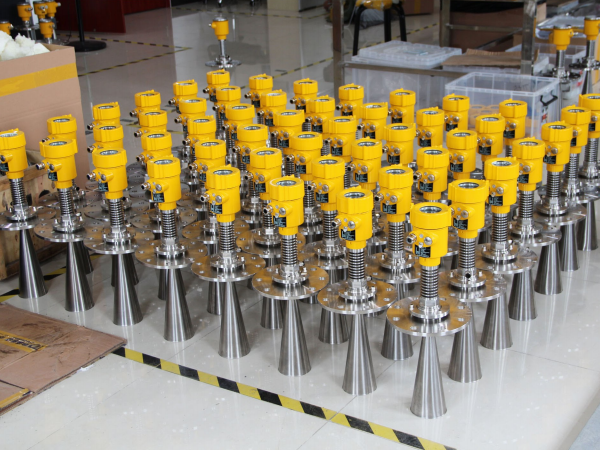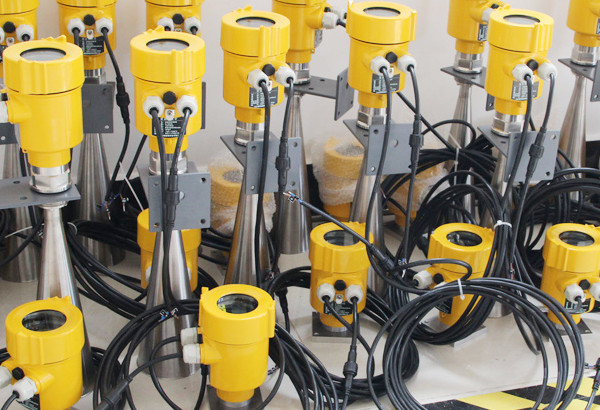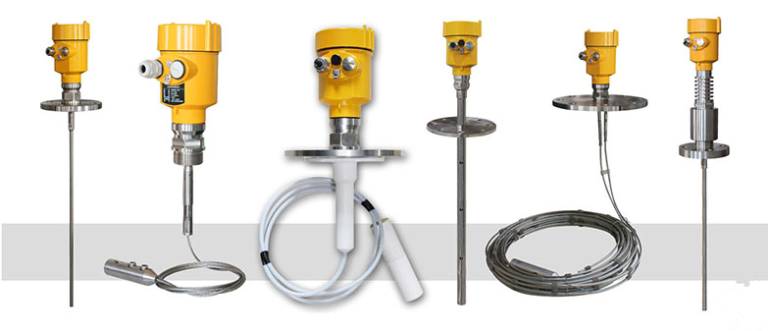In the field of industrial measurement and control, radar level meters are widely favored for their advantages of high accuracy and non-contact measurement. However, as a key component of this system – antenna, its performance directly affects the measurement effect of the whole level meter. Today, we will explore the knowledge of radar level meter antenna in depth, in order to better understand its working principle and application.

First, we need to understand what is a radar level meter. Radar level meter is a kind of equipment that utilizes microwave signals for level measurement. It transmits microwave signals and receives the signals reflected back from the surface of the material, and calculates the level height according to the time difference or frequency change. So, what role does the antenna play in this process? The main task of the antenna is to transmit and receive microwave signals. A good quality antenna can effectively radiate the microwave energy to the surface of the medium and collect as many reflected signals as possible for processing. Therefore, the design and performance of the antenna is critical to the accuracy and reliability of the level meter.

Next, let’s explore a few common radar level meter antenna types: 1. Horn Antenna: This type of antenna is popular for its simplicity and cost-effectiveness. It is usually horn-shaped and is capable of radiating microwave signals centrally over a wide area. However, due to its large radiating area, it may result in insufficient signal concentration in some applications. 2. Parabolic Reflector Antenna: This type of antenna utilizes a parabolic reflector to focus the microwave signal to a single point, resulting in a higher concentration of energy. It is suitable for applications that require precise measurements, but the structure is relatively complex. 3. Rod antenna: This antenna is used because of its simple structure and easy to install and maintain. It is usually presented as a straight line shape, which can effectively transmit and receive microwave signals. The design differences in length and directionality of rod antennas can be used to adapt to different measurement environments and requirements.4. Array antenna: An array antenna consists of a number of small antenna units that can electronically control the direction and shape of the beam. This type of antenna can provide extreme flexibility and accuracy, but at a higher cost.

After understanding the basic types of antennas, let’s discuss a few key factors affecting the performance of antennas: frequency: the frequency of microwave determines its penetration and resolution. Generally speaking, the higher the frequency, the better the resolution, but the penetration will be reduced. Gain: Gain indicates the antenna’s ability to amplify the signal. The higher the gain, the weaker the reflected signal can be detected. Beam angle: The smaller the beam angle, the more concentrated the energy and the higher the measurement accuracy. However, at the same time, too small a beam angle may result in lower installation tolerance. Finally, in order to ensure the performance of the radar level meter antenna, the correct selection, installation and maintenance are essential. Selection of the appropriate antenna type requires consideration of the characteristics of the medium, the shape of the vessel, and environmental conditions. Installation should ensure that there are no obstacles interfering between the antenna and the measured material, and the antenna should be cleaned regularly to avoid the influence of contaminated material.

The selection and use of radar level meter antenna is a science and an art. Only in-depth understanding of its principle and application, in order to ensure the accuracy and stability of the level measurement. I hope this article can help you have a comprehensive understanding of the radar level meter antenna, for the practical application of the problem to provide reference.
